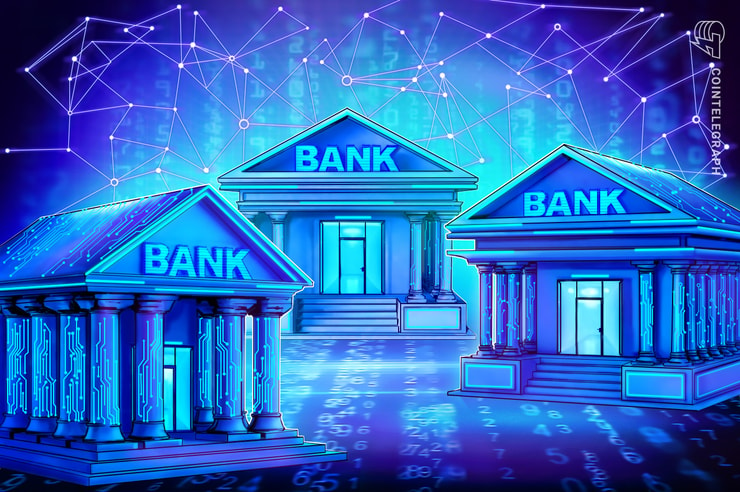The United States Federal Reserve has determined that all 23 of the country’s largest banks would be able to survive a severe recession following its “stress tests.”
The report issued on June 28 also showed relative weakness among the midsize and regional banks. However, the stress test only required the 23 banks that are the country’s largest lenders to participate in testing.
In light of the banking crisis earlier this year, Fed policymakers hinted that stress testing could be made harder in the future.
The Fed’s vice chair for supervision, Michael Barr, commented:
“We should remain humble about how risks can arise and continue our work to ensure that banks are resilient to a range of economic scenarios, market shocks, and other stresses.”
Bank stress tests have been carried out every year since the 2008 financial crisis, which was caused by U.S. banks. The Fed tests how severe banking industry losses would be if unemployment were to skyrocket and economic activity were to severely contract.
In this year’s stress test, the Fed tested a severe global recession scenario which caused 40% and 38% declines in commercial and home property prices respectively. In the worst-case scenario, unemployment would hit 10% — it is currently 3.7%.
The 23 largest banks would have collective losses of $541 billion in this scenario, according to the tests.
A bank must have a stressed capital ratio of at least 4.5% to be considered for a passing grade, according to the Fed. Capital ratios are a key measure of a bank’s financial strength.
Earlier this year the American banking system was rocked by several high-profile collapses including Silicon Valley Bank, Signature Bank, Silvergate Bank, and First Republic Bank. Others including PacWest and Western Alliance were on shaky ground.
Related: Banking crisis: What does it mean for crypto?
The Fed has been actively bailing out smaller banks this year through its Bank Term Funding Program (BTFP) set up in March.
More than $100 billion has already been spent propping up small and mid-sized banks on the ropes, according to the Federal Reserve data.
Magazine: Crypto regulation: Does SEC Chair Gary Gensler have the final say?
Credit: Source link



 Bitcoin
Bitcoin  Ethereum
Ethereum  Tether
Tether  XRP
XRP  USDC
USDC  Lido Staked Ether
Lido Staked Ether  Dogecoin
Dogecoin  TRON
TRON  Cardano
Cardano  Wrapped stETH
Wrapped stETH  Wrapped Bitcoin
Wrapped Bitcoin  Hyperliquid
Hyperliquid  Chainlink
Chainlink  Bitcoin Cash
Bitcoin Cash  Wrapped eETH
Wrapped eETH  Stellar
Stellar  Ethena USDe
Ethena USDe  USDS
USDS  Binance Bridged USDT (BNB Smart Chain)
Binance Bridged USDT (BNB Smart Chain)  LEO Token
LEO Token  WETH
WETH  Sui
Sui  Hedera
Hedera  Avalanche
Avalanche  Coinbase Wrapped BTC
Coinbase Wrapped BTC  Litecoin
Litecoin  USDT0
USDT0  WhiteBIT Coin
WhiteBIT Coin  Monero
Monero  Shiba Inu
Shiba Inu  Zcash
Zcash  Toncoin
Toncoin  Cronos
Cronos  Ethena Staked USDe
Ethena Staked USDe  Mantle
Mantle  Dai
Dai  Polkadot
Polkadot  MemeCore
MemeCore  Bittensor
Bittensor  World Liberty Financial
World Liberty Financial  Uniswap
Uniswap  sUSDS
sUSDS  Aave
Aave  Bitget Token
Bitget Token  OKB
OKB  Figure Heloc
Figure Heloc  USD1
USD1  BlackRock USD Institutional Digital Liquidity Fund
BlackRock USD Institutional Digital Liquidity Fund